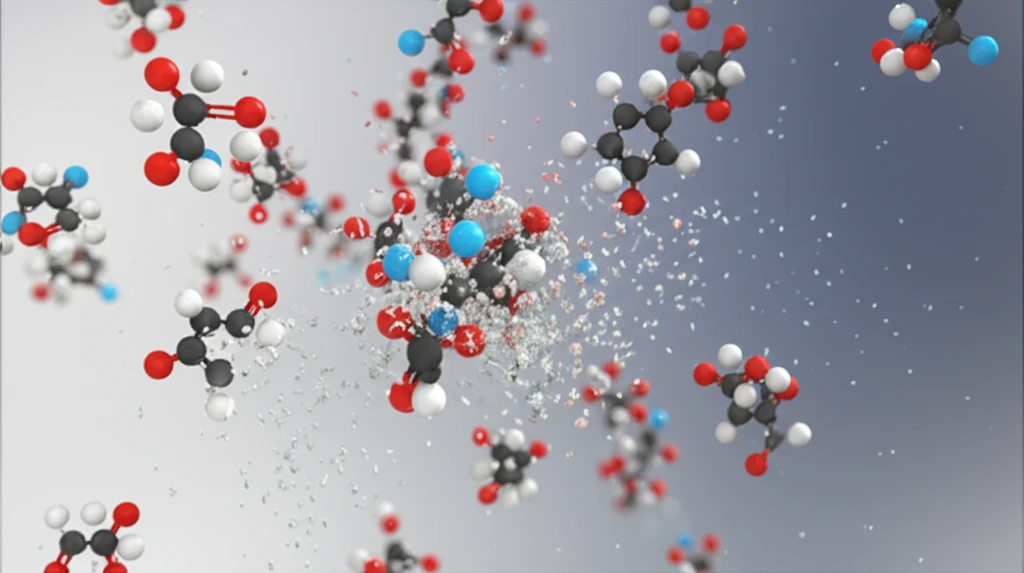
Unlock Faster Relief: How Solid Dispersion Technology Boosts Valsartan's Effectiveness
"Discover how a simple co-grinding technique can significantly improve the dissolution rate of valsartan, offering new hope for hypertension management."
In the realm of pharmaceutical science, optimizing drug properties is crucial for creating effective oral medications. The characteristics of a drug in its solid state—whether crystalline, amorphous, or existing as a salt—can dramatically affect how quickly it dissolves and how well it's absorbed by the body. For drugs that don't dissolve easily, like valsartan, this is a major hurdle.
Valsartan, a widely prescribed medication for managing high blood pressure, faces this very challenge. Classified as a Class II drug under the Biopharmaceutical Classification System, it's readily permeable but struggles with low solubility. This means its absorption rate is often limited by how quickly it can dissolve in the gastrointestinal tract.
To tackle this, researchers have explored various methods to boost valsartan's dissolution rate, including creating self-microemulsifying systems, nanosuspensions, mucoadhesive pellets, and complexes with substances like β-cyclodextrin. One promising approach involves solid dispersion—a technique where the active drug is dispersed within a carrier material. This article delves into how using D(-) mannitol in a solid dispersion system, prepared through a co-grinding method, can significantly enhance valsartan's effectiveness.
Co-Grinding Valsartan: A Simple Solution for Better Dissolution?

The study published in the Asian Journal of Pharmaceutical and Clinical Research, investigated whether combining valsartan with D(-) mannitol through a process called co-grinding could improve how quickly the drug dissolves. Co-grinding involves physically grinding two or more substances together, in this case, valsartan and D(-) mannitol, to create a homogenous mixture at the molecular level. The study aimed to characterize the solid dispersion system created by co-grinding and to understand the mechanisms behind any observed improvements in valsartan's dissolution rate.
- Powder X-ray Diffraction (XRPD): To examine the crystallographic properties and determine if the drug's form changed during processing.
- Differential Scanning Calorimetry (DSC): To evaluate thermal behavior and detect interactions between valsartan and D(-) mannitol.
- Scanning Electron Microscopy (SEM): To observe the morphology and particle size of the materials.
- In Vitro Dissolution Studies: To measure how quickly the valsartan dissolved from the solid dispersions compared to the intact drug.
A Promising Avenue for Improved Hypertension Treatment
This study highlights the potential of solid dispersion technology, specifically co-grinding valsartan with D(-) mannitol, as a means to improve its dissolution rate and, potentially, its bioavailability. By transforming valsartan into an amorphous state and reducing particle size, this technique offers a simple yet effective approach to enhancing the drug's performance. Further research is warranted to explore the clinical implications of these findings and to determine whether improved dissolution translates into better blood pressure control and patient outcomes. For individuals managing hypertension, this research offers a glimpse of how innovative pharmaceutical techniques can lead to more effective and convenient treatments.
